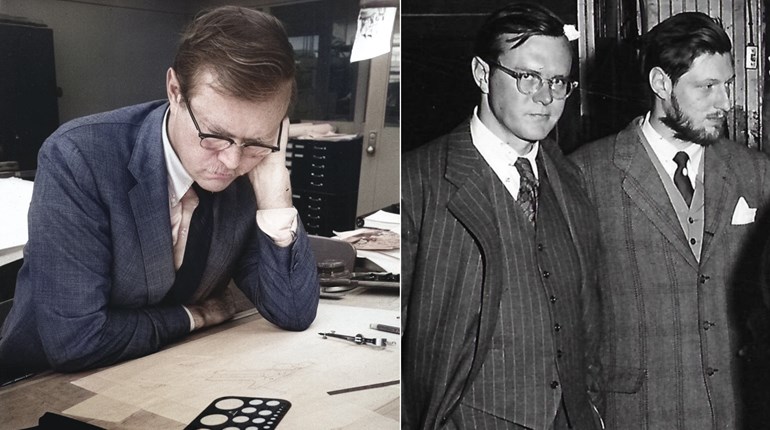
I’m a retired Federal Agent in my seventh decade, having recently returned to the U.S. from living abroad for the last 15 years. Now that I can carry a handgun again, I’d like to purchase a small, light revolver chambered in .38 Spl., similar to the Roscoe I carried as a backup gun when I was on the job. A concern I have is my hand strength being but a fraction of what it once was. It makes pulling the heavy trigger of a gun—like the one I was issued—a dubious task at best. Recoil is also a significant concern, as my hands are incapable of enduring heavy loads, such as those we were issued when I was an Agent.
Considering the above, that my eyesight isn’t as sharp as it once was and that the gun will be carried in a warm-weather environment, what would you recommend in the current marketplace that would best meet my needs for a small revolver and ammunition that is effective for defense, but has a minimum of recoil?
Name and location withheld by request
What you are looking for is a series of compromises, but not impossible to accomplish. Small revolvers, while convenient and easily concealable, do have some downsides. Sights on snubbies are typically small and fixed. This makes them difficult to see, and that is problematic for achieving the desired point-of-aim (POA) versus point-of-impact (POI) with the chosen carry ammunition. Some of the more-modern snubnose revolvers have replaceable front sights, which allow for vertical adjustment for shot placement in addition to a variety of colors and configurations to aid in optimizing the sight alignment and sight picture necessary for the best accuracy.
Triggers, as another example, are generally heavy compared to the weight of the gun. Logically, this makes trigger manipulation a bit difficult to achieve the best accuracy. This can be helped to a degree with the assistance of a good revolver smith and/or the installation of a commercially available replacement spring kit from a reputable source. By going that route, it will be necessary to test the ammunition you will be using for everyday carry to ensure reliable ignition. There are differences between brands in primer hardness, which makes this an important factor to consider.
When it comes to ammunition, the trade-off is between terminal performance and recoil. From a defensive perspective in a short-barreled revolver, aside from being able to put the bullet where you want it to go, penetration is one of the important considerations. Velocities of any ammunition in snubbies are usually lower than factory advertised simply because those velocities are derived from a firearm with a longer barrel unless otherwise stated.
This means, for example, many of the hollow-point offerings designed for longer-barreled revolvers often won’t expand. If they do, they likely won’t have enough energy to penetrate to the desired depth. All this should be taken into consideration with what the bullet has to pass through before reaching the area to be penetrated. The variables are infinite to the point that penetration at the velocities possible with conventional ammunition trumps the hope of expansion.
Some of my colleagues, who I consider “in the know,” are proponents of the 148-grain wadcutter target ammunition. Their belief is because of the wadcutter’s sharp shoulder, which cuts a clean hole and penetrates sufficiently without expanding, covers the parameters desired most effectively, despite velocities hovering around 700 fps.
A modern innovation in defensive ammunition worth looking at is the Interceptor brand currently produced by Quantum Ammunition.
Although I am unaware of an actual case of this ammunition being used in personal defense, testing on live creatures in a hunting environment is impressive in the immediate incapacitation of the animal. Gelatin tests on bare gelatin and through simulations of clothing show promising results, with 12-plus inches of penetration out of a snubnose revolver. Recoil is minimal compared to more-conventional types of ammunition, partly because the bullet weight is 77 grains.
When in my home or working on the property, my choice is a Ruger LCR with a fiber-optic front sight regulated for POA/POI at 15 yards with Ruger ARX ammunition, which is identical to the Inceptor brand previously mentioned. Triggers on the LCR revolvers are smooth and light right out of the box. They can be had in double-action-only (DAO) or double-action/single-action (DA/SA) variants. My gun is carried in a Sticky brand pocket holster along with a Bianchi Speed Strip with spare ammunition.
Considering your list of wishes and concerns, my preference in a Roscoe might become yours.



































